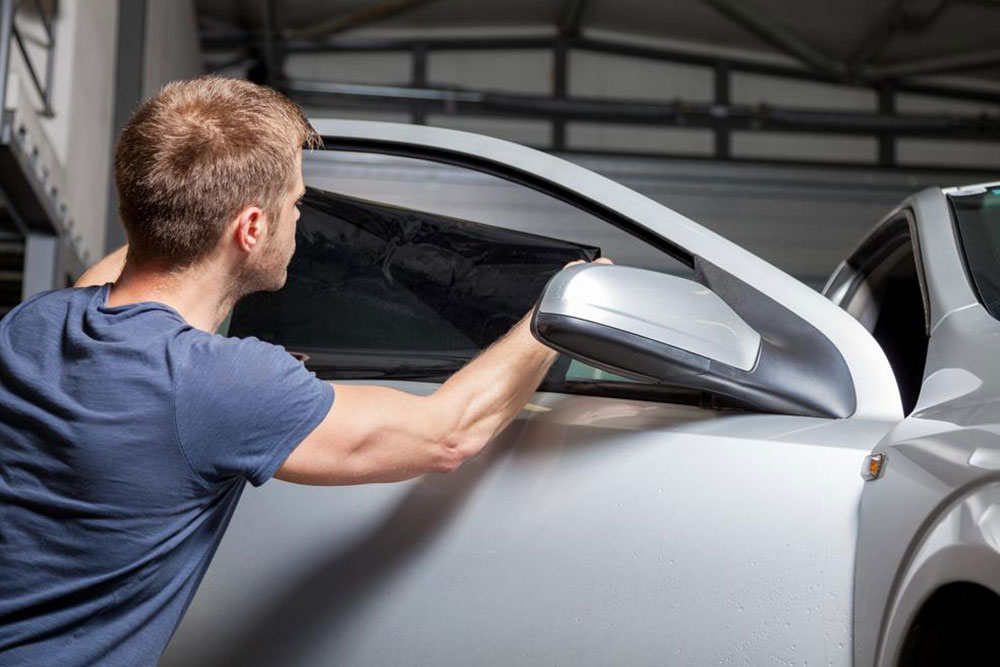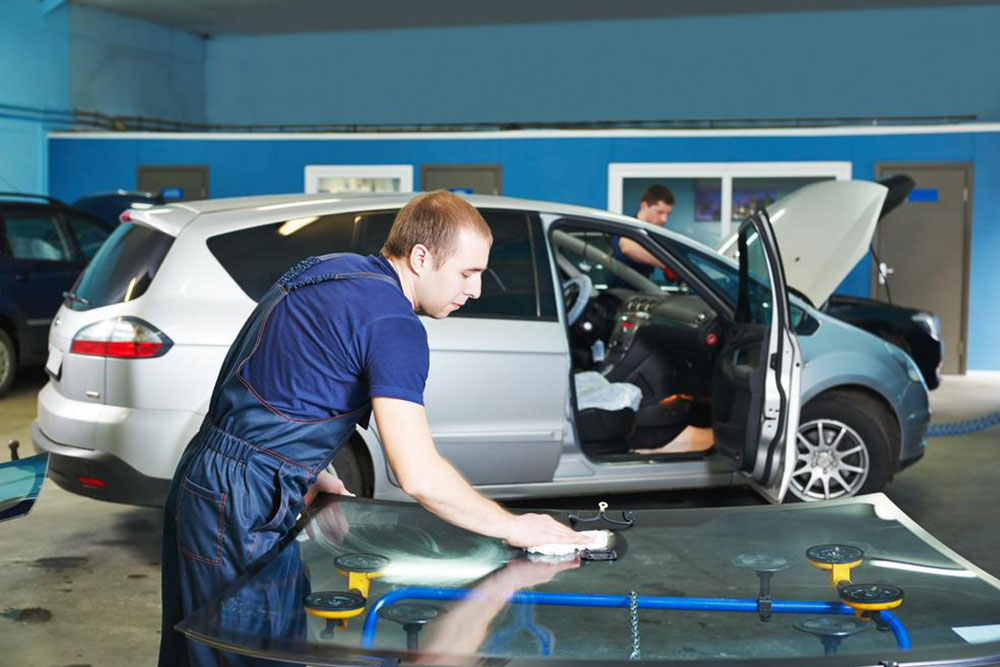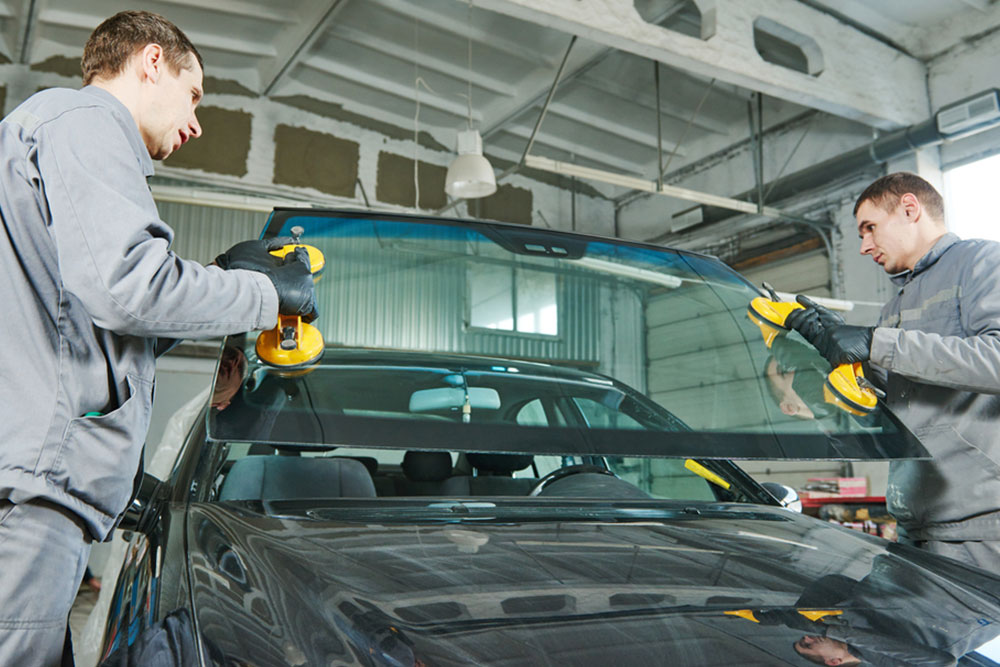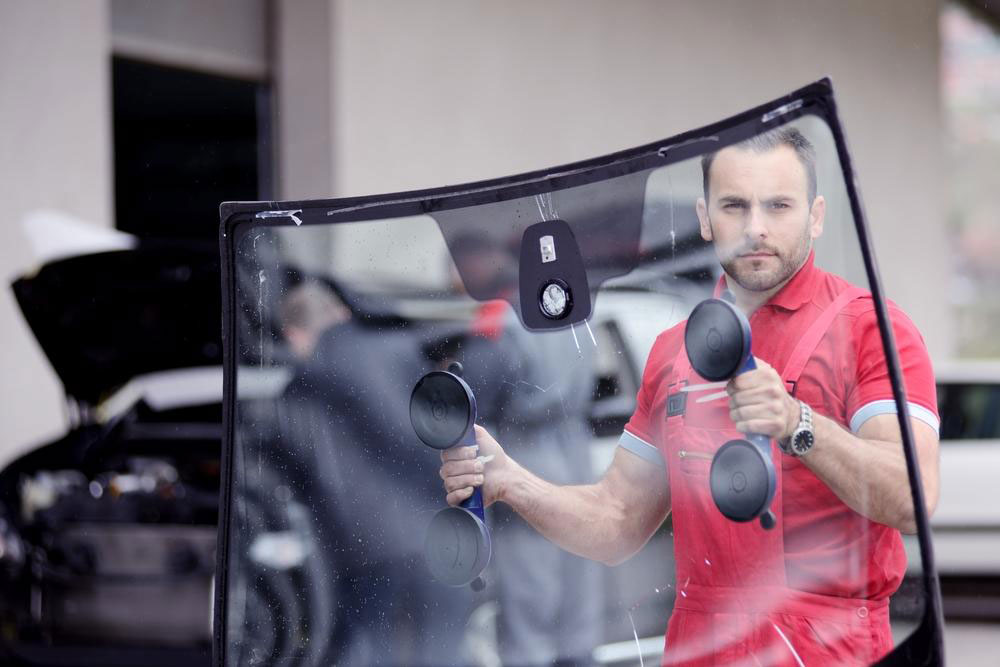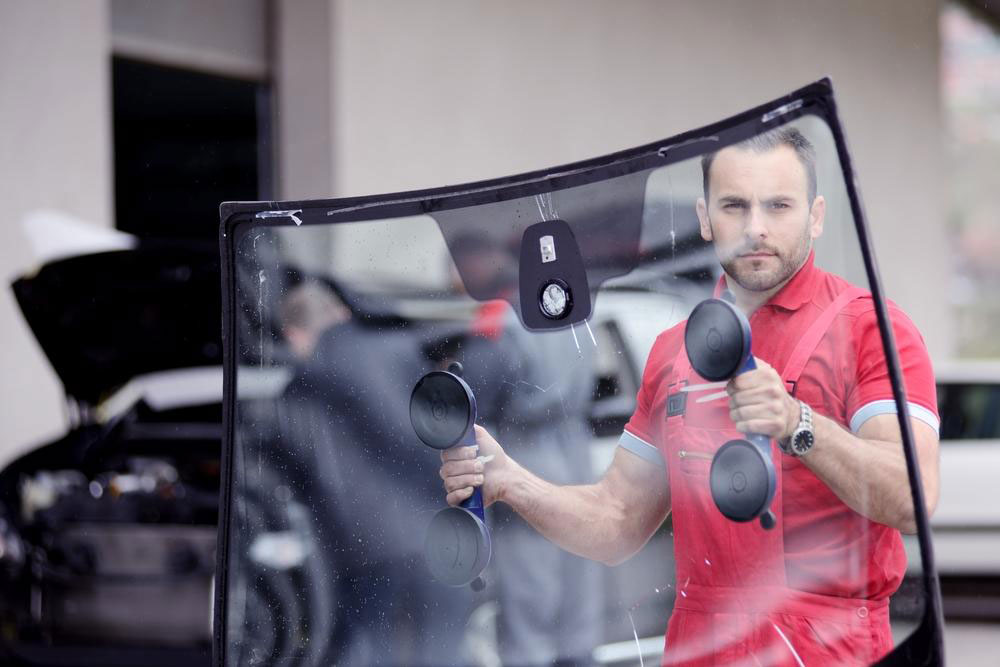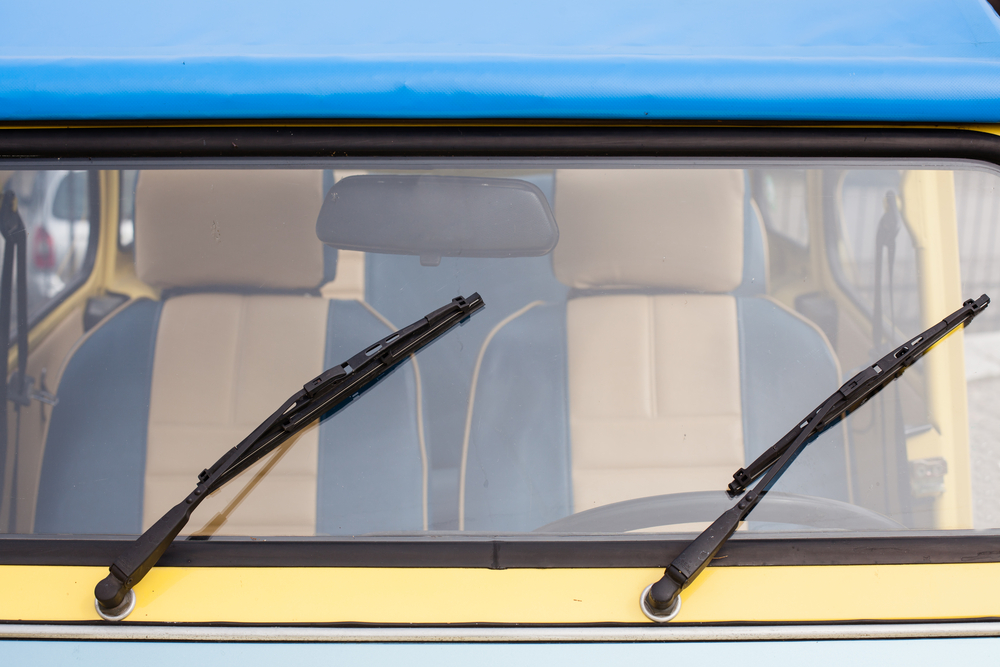Comprehensive Guide to Car Glass Types and Effective Maintenance Strategies
This comprehensive guide explores the different types of car glass—laminated and tempered—and provides essential maintenance tips to ensure longevity and safety. Proper care, timely repairs, and understanding the unique properties of each type can significantly enhance vehicle safety and reduce repair costs. Regular inspections and professional services are crucial for maintaining your car’s glass in top condition for years to come.
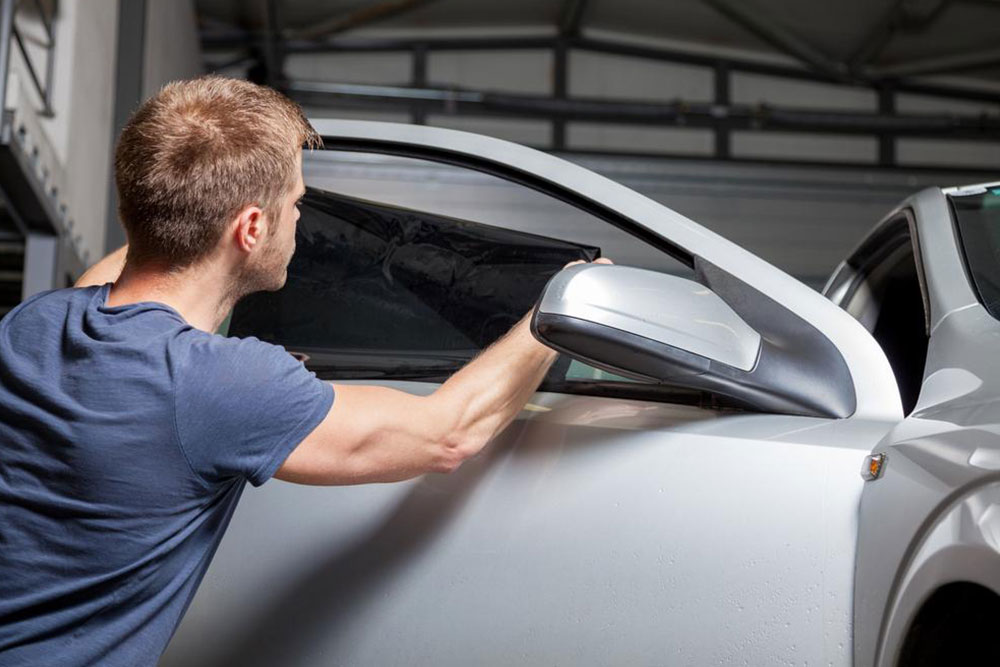
Understanding Different Types of Car Glass and How to Maintain Them for Longevity
In the realm of automotive safety and vehicle durability, the importance of quality car glass cannot be overstated. Whether it's the windshield or side windows, the materials used play a crucial role in ensuring the safety of passengers and overall vehicle integrity. Many drivers often overlook the subtle differences between various types of car glass and end up neglecting proper maintenance, leading to costly repairs or safety risks. This comprehensive guide aims to shed light on the different types of automotive glass, their unique properties, and practical tips to maintain them effectively for extended lifespan and optimal safety.
Understanding the Main Types of Car Glass
The two primary types of car glass used in modern vehicles are laminated glass and tempered glass. While they serve different purposes and are constructed differently, both are essential for vehicle safety and are engineered to withstand specific stresses and impacts.
Laminated Glass: The Safety Standard for Windshields
Laminated glass is the most common type used in windshields across all vehicle types. Its unique construction involves bonding two sheets of glass together with a layer of polyvinyl butyral (PVB) in between. This core layer acts as a resilient adhesive that holds the glass together even when broken, preventing dangerous shards from dispersing and causing injuries. This characteristic makes laminated glass a critical safety component in vehicle design.
Manufacturers produce laminated glass by heating and bonding the layers under high pressure, resulting in an extremely durable material capable of absorbing impacts. In the event of a collision or impact from debris, the windshield remains largely intact, preventing ejection of passengers and maintaining vehicle structural integrity. Minor cracks can often be repaired using specialized adhesive injections that reinforce the affected area and prevent further damage. Regular inspections are essential to identify early signs of stress or cracks and seek professional repair services promptly.
Tempered Glass: Creating Safety in Side and Rear Windows
Tempered glass, also known as toughened glass, is another widely used automotive glass type, especially for side and rear windows. Unlike laminated glass, tempering involves rapidly heating the glass to high temperatures followed by immediate cooling. This process induces a state of compression on the surface and enhances the overall strength of the glass significantly.
When tempered glass does break, it crumbles into small, blunt fragments rather than sharp shards, dramatically reducing the risk of injury. This property makes it ideal for side windows, rear glass, and sometimes skylights. However, if tempered glass sustains cracks or damage, it must be replaced entirely as repairs are ineffective and compromise safety.
Practical Maintenance Tips to Keep Your Car's Glass in Top Condition
Address any cracks or chips immediately: Small chips can quickly expand into large cracks, endangering safety. Consult professional auto glass repair services without delay.
Regularly replace windshield wipers: Worn-out wipers can impair visibility, especially during adverse weather, leading to potential safety hazards. A biannual replacement schedule helps maintain clear vision.
Choose shaded parking: Parking in shaded or covered areas minimizes UV exposure and temperature fluctuations that might weaken the glass over time.
Protect against extreme cold: During winter nights, park your vehicle in a garage or sheltered location to prevent temperature-related stress on the glass, which can cause cracking.
Gentle cleaning practices: Use glass cleaners free from harmful chemicals like ammonia, which can degrade the glass surface. Clean your windshield regularly for unobstructed visibility.
Avoid forceful door slams: Slamming doors repeatedly can induce stress and impact on the glass, potentially leading to fine cracks or structural damage.
By adhering to these maintenance practices and investing in professional auto glass services, vehicle owners can significantly extend the lifespan of their car windows and enhance overall safety. Routine inspections and timely repairs preserve the integrity of the glass, ensuring clear visibility and maximum protection in all driving conditions.
In conclusion, understanding the different types of car glass and their specific care requirements is essential for all vehicle owners aiming for safety, durability, and cost savings. Whether it's the resilient laminated windshield or the toughened side windows, proper maintenance combined with expert repairs can make a substantial difference in maintaining your vehicle's safety standards over its lifespan.
